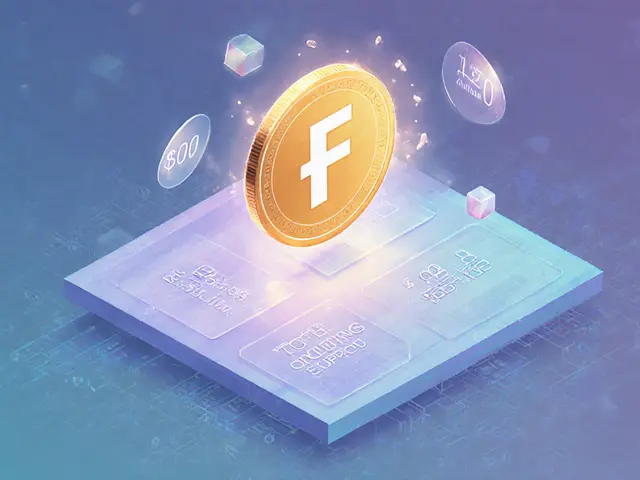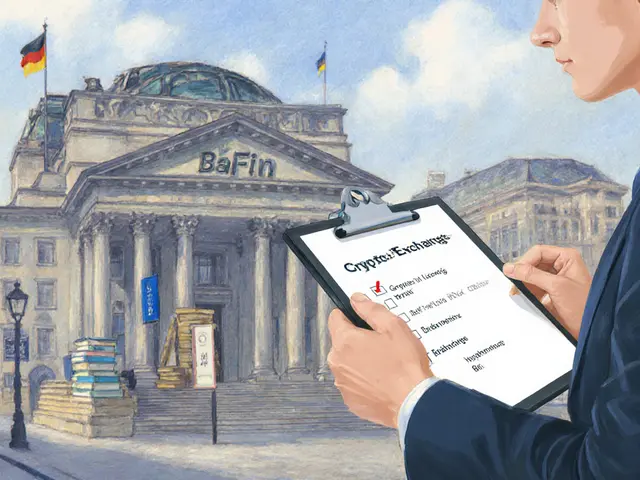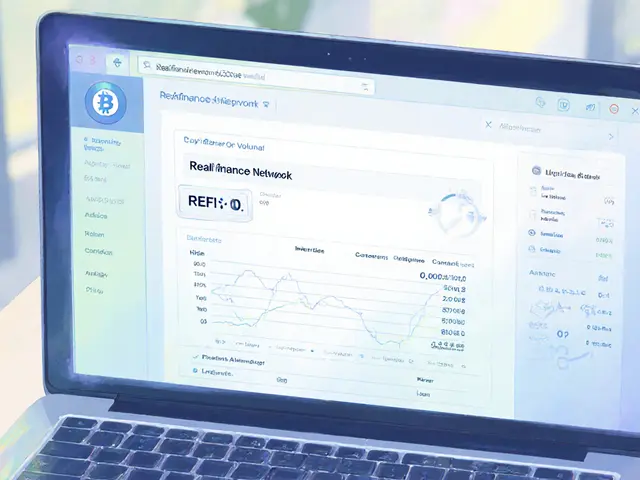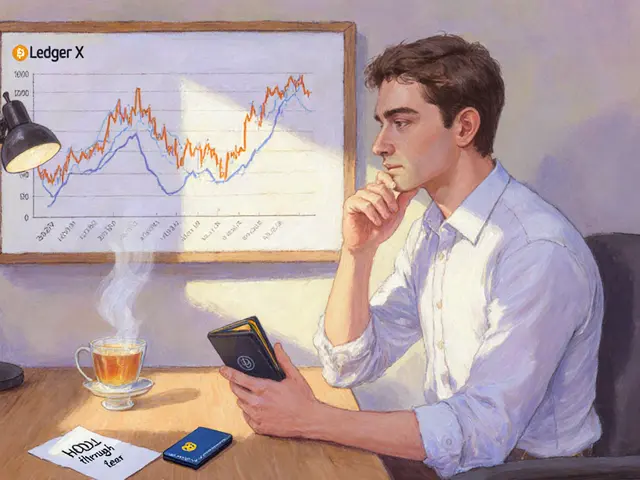State Channels: How They Speed Up Blockchain Transactions and Cut Fees
When you send crypto on Bitcoin or Ethereum, you wait. You pay fees. You wait some more. That’s because every transaction goes on-chain—visible, confirmed, and costly. But state channels, a method for conducting multiple transactions off-chain between parties while still being secured by the main blockchain. Also known as off-chain payment channels, they let you and another person exchange value hundreds of times without touching the blockchain until you’re done. Think of it like playing a game of poker with a friend using chips instead of cash. You play 20 hands, keep score on paper, then only settle the final amount at the end. That’s state channels in a nutshell.
They’re a core part of Layer 2 solutions, technologies built on top of blockchains to improve speed and reduce costs, and they’re especially useful for things like micropayments, gaming, or recurring payments between the same users. Unlike sidechains or rollups, state channels don’t rely on complex math or validators—they use smart contracts to lock funds and let users sign updates that reflect the current state of their balance. If one party tries to cheat, the other can submit the latest signed state to the main chain and claim their fair share. No middleman. No waiting. No gas fees per transaction.
They’re not magic, though. State channels work best between two people or a small group who trust each other enough to lock up funds and sign updates. They’re not meant for public marketplaces or one-off payments. That’s why you’ll see them in apps like Lightning Network for Bitcoin, or in DeFi tools that need fast, cheap transfers between wallets. They’re also why some NFT games and tokenized apps can offer real-time interactions without the blockchain choking on traffic.
What you’ll find here are real examples of how state channels and related scaling tools are used—sometimes successfully, sometimes not. You’ll see how they connect to things like blockchain validation, the process of confirming transactions and maintaining network integrity, and why some projects avoid them entirely. You’ll also spot how they relate to confirmation time, how long it takes for a blockchain transaction to be considered final, and why reducing that wait matters more than you think. These aren’t theory pieces. These are deep dives into what actually happens when you try to make crypto faster, cheaper, and more usable.

Learn how state channels work, their benefits, drawbacks, real-world use cases, and how to get started with this blockchain scaling technology.
Jonathan Jennings Oct 26, 2025




